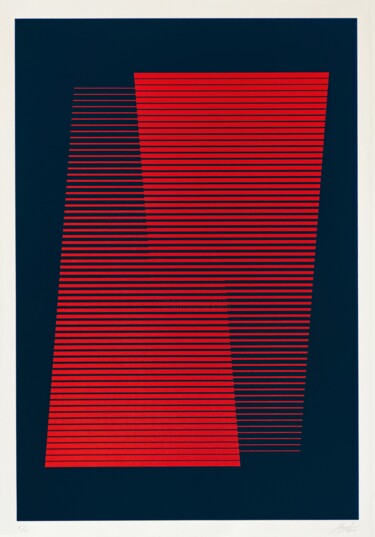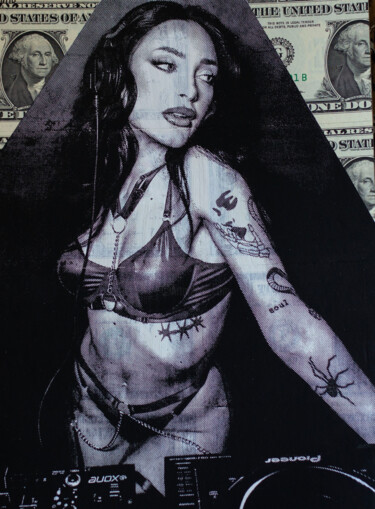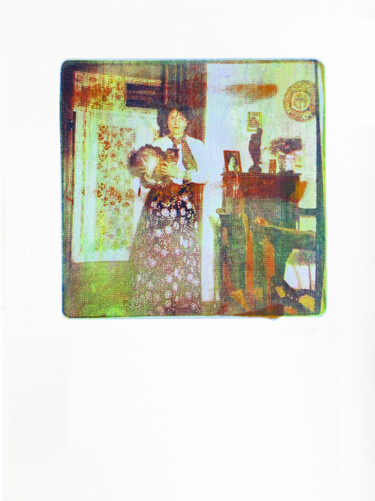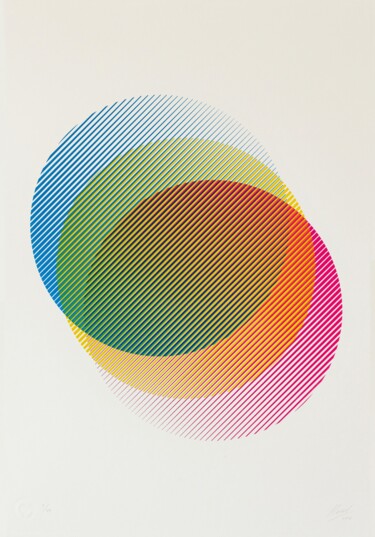1,183 販売のためのオリジナルの版画と彫刻:
販売中のオリジナルプリントを探していますか?
現代美術、ストリートアート、抽象芸術、比喩芸術、版画、リトグラフなど、芸術的彫刻のすべてのスタイルと技法を探索してください。ArtMajeurは、あらゆる芸術的感性に応え、20年間、360万を超える現代作品であなたのそばの美しさを祝ってきました。発見するアート...または獲得する!現代版画の世界的ベンチマーク。世界中の現代アーティストの作品を見つけて、クラスでインテリアを飾りましょう!シンプルなアート愛好家または確認済みのコレクター?あなたの装飾を本当に強化するお気に入りのキャンバスや絵画を見つけてください。 ArtMajeurは、世界最高の現代アーティストによるオリジナル作品、限定版、アートプリントを提供しています。 ArtMajeurでは、彫刻作品はアートマーケットの愛好家や専門家によって選ばれています。トレンディで受賞歴のある有名なアーティストのオリジナル作品と、現代アートの分野で新たに高まっている価値観を選択して、オンラインでアートプリントを購入するプロセスをガイドします。
Discover contemporary Screenprinting Printmaking on ArtMajeur
Contemporary Screenprinting Printmaking is a vibrant and dynamic art form that has gained immense popularity in recent years. It involves creating original artworks by applying ink onto a variety of supports, including paper, fabric, and even wood. Screenprinting Printmaking uses a range of materials, including stencils, screens, and squeegees, to produce unique and intricate designs. What sets this type of printmaking apart is its ability to produce multiples of the same design, while still maintaining the integrity and uniqueness of the original artwork. This process allows for experimentation with colors, textures, and patterns, resulting in a stunning and diverse range of prints. The use of vibrant colors and bold designs makes Screenprinting Printmaking a favorite among artists and collectors alike.

©2021 Caroline Delétoille
Origins and History
Contemporary screenprinting printmaking, also known as silkscreen printing, emerged in the early 1900s, gaining popularity during the 1960s and 1970s. This printing technique involves transferring ink onto a surface through a mesh stencil. However, its origins can be traced back to ancient China and Japan, where stencils were used for textile printing. The technique became popular in Europe during the 18th and 19th centuries for printing wallpaper and advertisements. In the United States, screenprinting gained recognition during World War II for printing flags and propaganda posters. Contemporary screenprinting printmaking has evolved to include a wide range of styles, including pop art, street art, and graphic design. Today, artists continue to explore the possibilities of this versatile medium, pushing its boundaries and creating unique works of art.

©2024 Kev Munday Ki Galerieによって表さアーティスト
Evolutions of theses works in the contemporary art market
Contemporary Screenprinting Printmaking has undergone a remarkable evolution in recent years, with artists experimenting with new techniques and materials to create unique and innovative works. The importance of these developments in the contemporary art market cannot be overstated, as they have helped to push the boundaries of what is possible in printmaking, attracting new audiences and collectors alike. Some of the key themes and issues that have emerged in this field include the use of digital technology, the exploration of new materials and processes, and the blending of traditional and modern techniques.

©2025 Marco Lodola ArtMajeur by YourArtによって表さアーティスト
Related Famous Artists
Contemporary artists who have made a name for themselves with their screenprinting and printmaking work are:
Shepard Fairey, who gained worldwide recognition for his "Hope" poster featuring Barack Obama during the 2008 US Presidential election. Fairey’s work often incorporates bold graphics and political messages.
KAWS, who started out as a graffiti artist before transitioning into fine art and commercial work. His screenprints often feature his signature "Companion" character, which has become a pop culture icon.
Takashi Murakami, a Japanese artist known for his colorful, anime-inspired prints. Murakami has collaborated with famous brands such as Louis Vuitton and created album covers for Kanye West and Kid Cudi.
Ryan Travis Christian, whose prints often feature surreal and humorous imagery. Christian’s work is influenced by traditional printmaking techniques and the history of cartoons.
Swoon, a street artist who creates intricate and detailed screenprints that often depict human figures. Swoon’s work often addresses social issues and has been exhibited in museums around the world.
These artists have pushed the boundaries of screenprinting and printmaking, using these techniques to create bold and impactful works of art. Their work demonstrates the versatility and enduring relevance of these mediums in contemporary art.

©2025 Andrii Kovalenko
Notable contemporary Screenprinting Printmaking
Contemporary screenprinting printmaking has produced a multitude of stunning artworks that explore a wide range of themes and concepts. One such artwork is "Love" by artist Shepard Fairey, created in 2002. This print features a stylized portrait of a woman with the word "love" emblazoned across her forehead in a bold font. The use of vibrant colors and graphic design elements creates a powerful and eye-catching image that is both visually striking and emotionally resonant.
Another notable example of contemporary screenprinting printmaking is "Hope" by artist Barack Obama, created in 2008. This iconic print features a stylized portrait of the then-presidential candidate with the word "hope" written in bold letters beneath him. The use of bold colors and simple design elements captures the optimism and energy of the Obama campaign, and has become an enduring symbol of his presidency.
In "Marilyn Monroe" by artist Andy Warhol, created in 1967, the artist explores the themes of celebrity and consumer culture through his iconic portrait of the Hollywood starlet. The use of bright colors and multiple reproductions of the same image highlights the mass-produced nature of celebrity culture, while also emphasizing the power and allure of Monroe as an icon.
Finally, "Campbell’s Soup Cans" by artist Andy Warhol, created in 1962, is a seminal work of contemporary screenprinting printmaking. This series of prints features multiple reproductions of the same simple image - a can of Campbell’s soup - arranged in a grid-like pattern. The use of repetition and mass production techniques questions the very nature of art and its relationship to consumer culture, while also highlighting the power of a simple, everyday object to become a work of art.
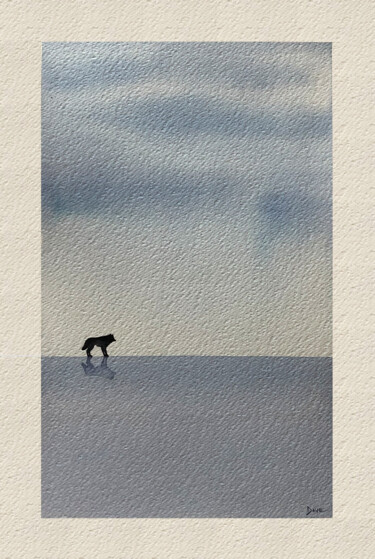
Davide Capriata
紙の製版 | 27.6x15.8 in
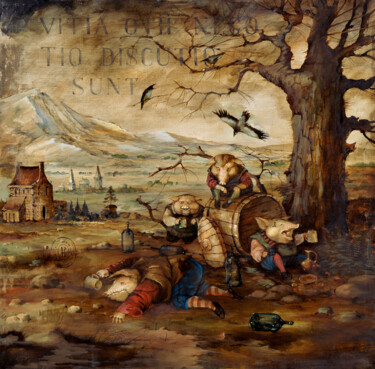
Valery Mironov
紙の製版 | 35.4x35.4 in
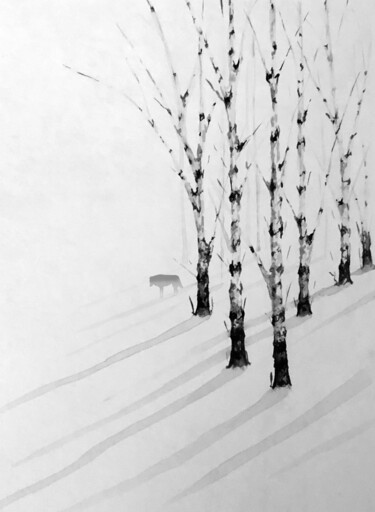
Davide Capriata
紙の製版 | 27.6x19.7 in
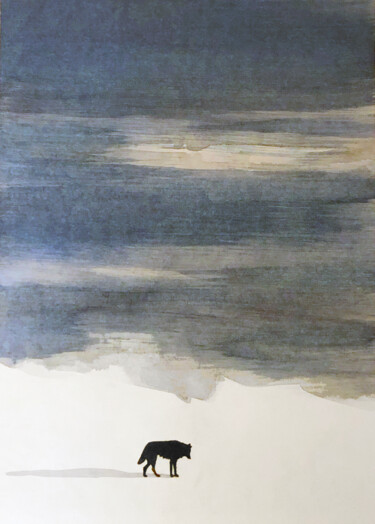
Davide Capriata
紙の製版 | 27.6x19.7 in












